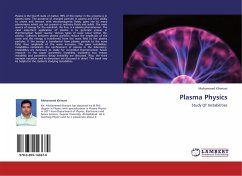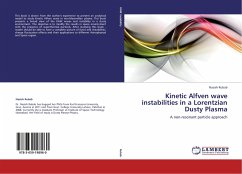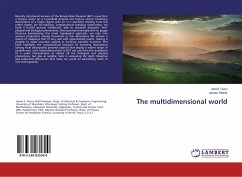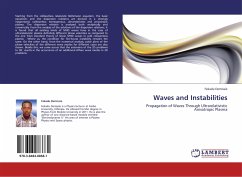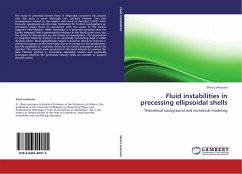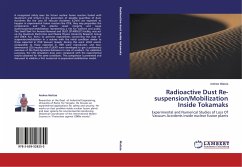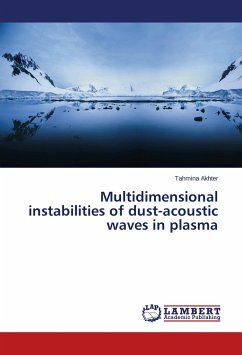
Multidimensional instabilities of dust-acoustic waves in plasma
Versandkostenfrei!
Versandfertig in 6-10 Tagen
33,99 €
inkl. MwSt.

PAYBACK Punkte
17 °P sammeln!
A theoretical investigation has been made on electrostatic perturbations associated with dust-acoustic (DA) solitary waves (SWs) in four-component magnetized dusty plasmas (composed of non-inertial electron and ion fluids, and inertial negatively as well as positively charged dust fluids). The reductive perturbation method has been employed in order to derive the Korteweg-de Vries equation and the Zakharov-Kuznetsov (ZK) equation which admit solitary wave solutions under certain conditions. The ZK equation has been further analyzed to study the multi-dimensional instability of the SWs by the s...
A theoretical investigation has been made on electrostatic perturbations associated with dust-acoustic (DA) solitary waves (SWs) in four-component magnetized dusty plasmas (composed of non-inertial electron and ion fluids, and inertial negatively as well as positively charged dust fluids). The reductive perturbation method has been employed in order to derive the Korteweg-de Vries equation and the Zakharov-Kuznetsov (ZK) equation which admit solitary wave solutions under certain conditions. The ZK equation has been further analyzed to study the multi-dimensional instability of the SWs by the small perturbation expansion technique. The basic features (polarity, amplitude, width, etc.) are found to be significantly modified by the number densities and masses of the opposite polarity dust grain in presence of external magnetic field. The magnitude of the external magnetic field has no direct effect on the amplitude of SWs, but it does have a direct effect on the width. The implications of our results and the underlying physics of the DA SWs, which are relevant to space and laboratory dusty plasmas, are discussed.





